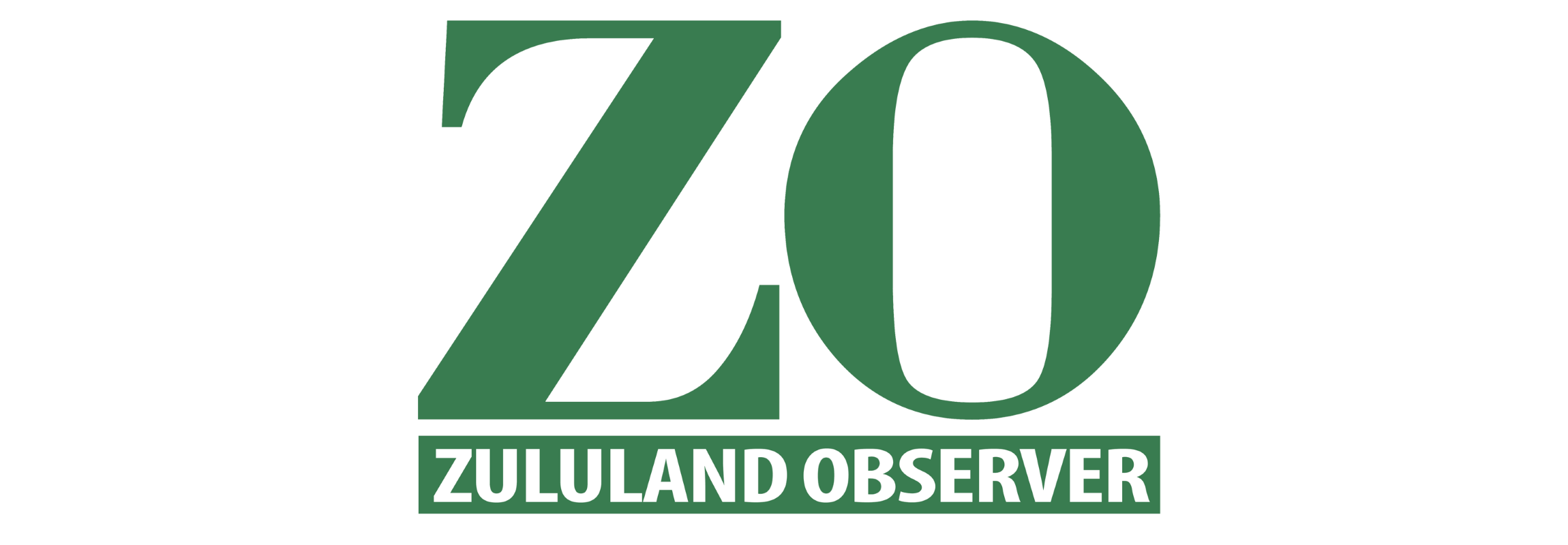Call for clean air co-operation
THE City of uMhlathuze Exco this week approved more than R4-million to enter into a service agreement for the supply and installation of ambient air quality monitoring stations, and 12 months’ staff capacity-building training. The public will surely welcome any effort made to ensure residents are protected against air pollution in this highly industrialised city. …
THE City of uMhlathuze Exco this week approved more than R4-million to enter into a service agreement for the supply and installation of ambient air quality monitoring stations, and 12 months’ staff capacity-building training.
The public will surely welcome any effort made to ensure residents are protected against air pollution in this highly industrialised city.
This is a significant investment; the gathering and collating of data is highly technical in nature and costly far beyond the installation.
Readers of this newspaper will share our hope that the city will now not ‘go it alone’, but will avail themselves of the wealth of data, knowledge and experience that, over the past 17 years, has been accumulated by the Richards Bay Clean Air Association.
uMhlathuze Municipality, a Founder Member of the Association, in its wisdom has taken a decision to no longer participate in the activities of the RBCAA.
Since they share the common goal of improving air quality for the benefit of all, this makes little sense.
The RBCAA at its recent AGM said it would continue to pursue a co-operative working relation with the local municipality.
Funded by (although independent of) industry, of which it is a watchdog, the RBCAA makes no financial demands on the city and is in a position to add huge value.
The RBCAA boasts one of the most successful, most accurate and best maintained ambient monitoring systems in southern Africa, with an enviable national reputation.
It is on the brink of establishing a monitoring station in Esikhaleni, and is about to embark on the monitoring of hydrogen fluoride at its nine sites within Richards Bay, where sulphur dioxide and particle pollution are measured and analysed.
Which raises the question: where will the city erect their monitoring stations?
Are they going to duplicate the location of existing RBCAA sites?
This would be a waste of money and effort, but if they were to choose sites where none now exist, the footprint of air pollution monitoring will be greatly increased.
Likewise, the sharing of data can only benefit both entities.


